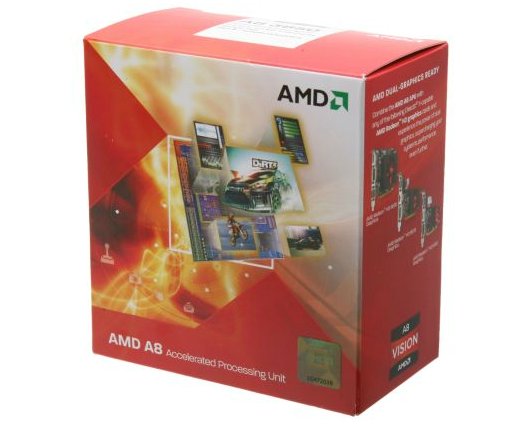
DotA is the most popular custom made map for Warcraft III. To give players a better comprehension of this complex and sometimes complicated game here is a hero guide.
One of the most evil, horror looking heroes in DotA is also one of strong. Alone, or ganking Pudge will always cause terror into the enemy that he grabs. You can recruit him from the Scourge Strength Tavern.
Of course, this monster has a terrifying story: "An undead behemoth seemingly impervious to even the most potent magic, this starving abomination roams the battlefield, continually in search of unwary prey.
It is said his victims catch only a glimpse of his monstrous frame as they are dragged them through the shadows, bleeding profusely as a jagged hook etches deeper...



 10/26/2011 11:53:00 PM
10/26/2011 11:53:00 PM
 dannzfay
dannzfay






















